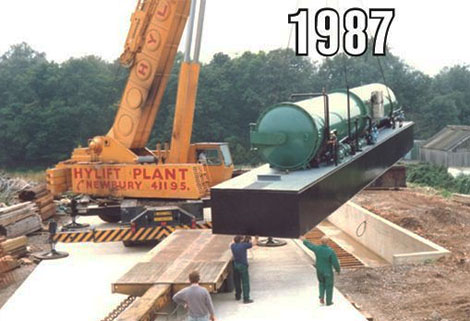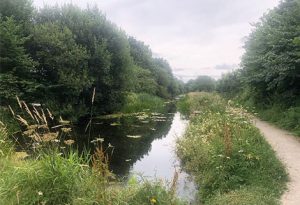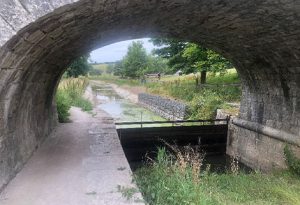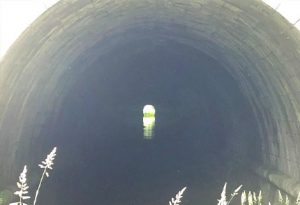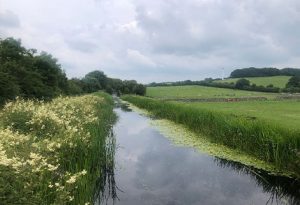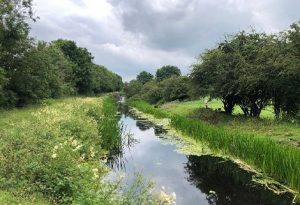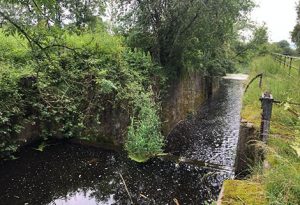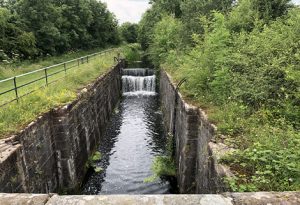pub of the season - spring 2020
the malt shovel, shardlow
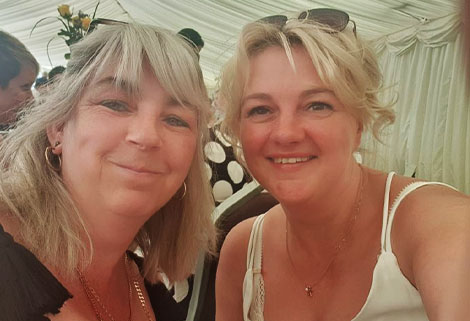 The Malt Shovel in Shardlow was built in 1799 and is set by the side of the Trent and Mersey canal. The free house pub has been run by long time friends Ksenia and Lena since 2016.
The Malt Shovel in Shardlow was built in 1799 and is set by the side of the Trent and Mersey canal. The free house pub has been run by long time friends Ksenia and Lena since 2016.
The pub has a main area, a snug and a lower snug, each area set with gaming tables which were specially made for the pub - to keep everyone entertained We have scrabble, backgammon, and monopoly to name a few, with all the game pieces available from the bar.
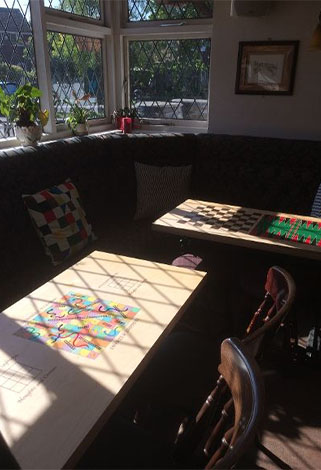 The Malt Shovel retains many of its original features such as the beams and the tiled floors adding character to this charming pub. In the warm weather it’s perfect for sitting outside and watching canal boats and cruisers and the rest of the world go by.
The Malt Shovel retains many of its original features such as the beams and the tiled floors adding character to this charming pub. In the warm weather it’s perfect for sitting outside and watching canal boats and cruisers and the rest of the world go by.
The pub has a great range of real ales, lagers, ciders plus wines and spirits, but it's best known for the well kept Pedigree. They also do a lovely cream tea with freshly baked scones and cakes.
Food is also served at the Malt Shovel, a fantastic breakfast from 10am everyday and then the lunchtime menu with home cooked dishes and locally sourced produce from 12noon, with Sundays serving great home cooked Roasts. Thursday Evenings from 5pm-9pm is the ever popular Thai night, where the Thai chef, Tik , cooks each dish to order from Pad Thai to Beef Massaman; a very popular night and booking is advisable. Friday night is fish and chip night with their own Beer Battered Haddock.
 For the many boaters that moor up by the canal side next to the Malt Shovel, Ksenia and Lena can also provide fresh produce if required - 'boaters baskets’ - breakfast basket, ploughman’s basket - very handy if you want to stock up before moving on.
For the many boaters that moor up by the canal side next to the Malt Shovel, Ksenia and Lena can also provide fresh produce if required - 'boaters baskets’ - breakfast basket, ploughman’s basket - very handy if you want to stock up before moving on.
Opening times : Sun - Thur 10am-11pm, Fri & Sat 10am- midnight
Food serving times: Breakfast - 10am - 11.45am daily, Lunch 12pm - 2.30pm Mon-Fri and until 3pm at weekends. Thai Night - Thursday 5pm - 9pm. Fish & Chips - Friday 5 - 8pm.
 Ksenia and Lena welcome you to the Malt Shovel in Shardlow.
Ksenia and Lena welcome you to the Malt Shovel in Shardlow.
You may contact them by phone on
01332 792066
Email them at info@maltshovelshardlow.co.uk
or visit their website:
www.maltshovelshardlow.co.uk

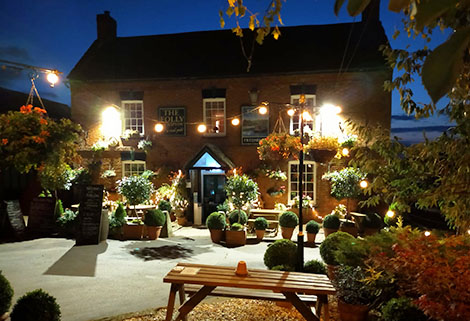 The Folly at Napton must be one of the most famous pubs on the cut.
The Folly at Napton must be one of the most famous pubs on the cut. But perhaps one of the major attractions is the dominant presence of the landlord, Mark. With his handlebar moustache, waistcoats, neckerchief and welcoming smile, he must be one of the true characters of the cut.
But perhaps one of the major attractions is the dominant presence of the landlord, Mark. With his handlebar moustache, waistcoats, neckerchief and welcoming smile, he must be one of the true characters of the cut.




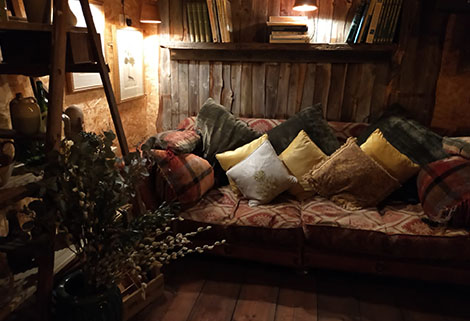
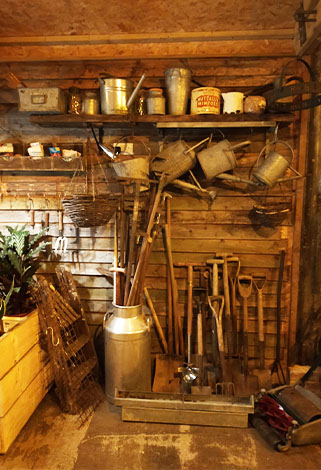
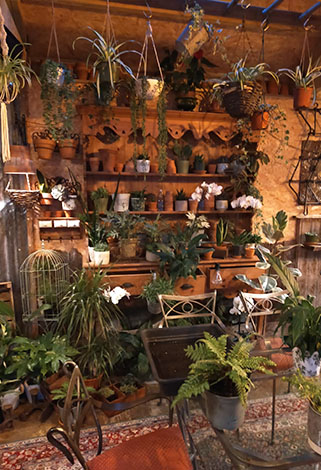
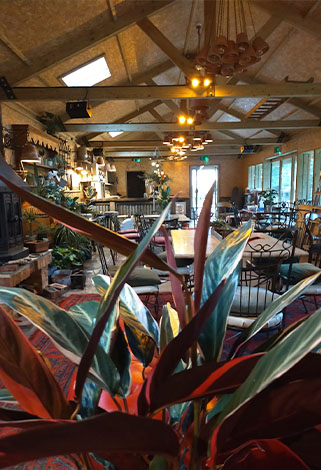


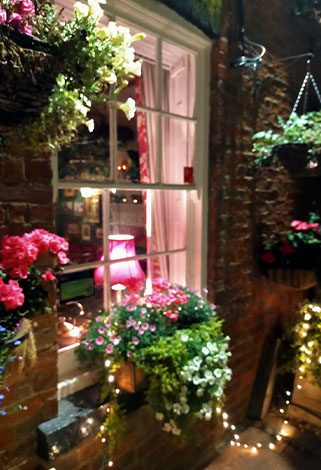
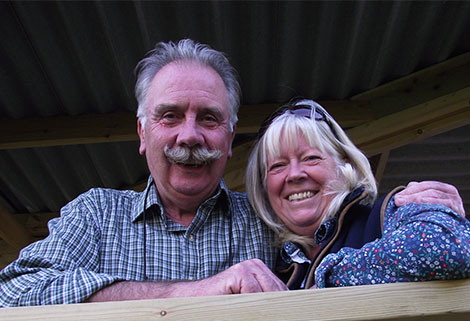 Mark and Caroline will always hold a welcome for you at the Folly Pub, Napton. There are plenty of moorings nearby, and a very ample carpark if you are visiting from further afield. You can expect the very best in food, drink, company and live entertainment.
Mark and Caroline will always hold a welcome for you at the Folly Pub, Napton. There are plenty of moorings nearby, and a very ample carpark if you are visiting from further afield. You can expect the very best in food, drink, company and live entertainment. Stephanie Horton says, “I wrote Narrow Boat Engine Maintenance and Repair to help boat owners keep their engines operational and moving. This single reference tool combines RCR’s practical advice with our engineers’ specialist knowledge, who through years of experience have unrivalled skills and repair techniques. Hopefully readers will agree the content and photos simplify things and help them keep their boats in a good condition.”
Stephanie Horton says, “I wrote Narrow Boat Engine Maintenance and Repair to help boat owners keep their engines operational and moving. This single reference tool combines RCR’s practical advice with our engineers’ specialist knowledge, who through years of experience have unrivalled skills and repair techniques. Hopefully readers will agree the content and photos simplify things and help them keep their boats in a good condition.”
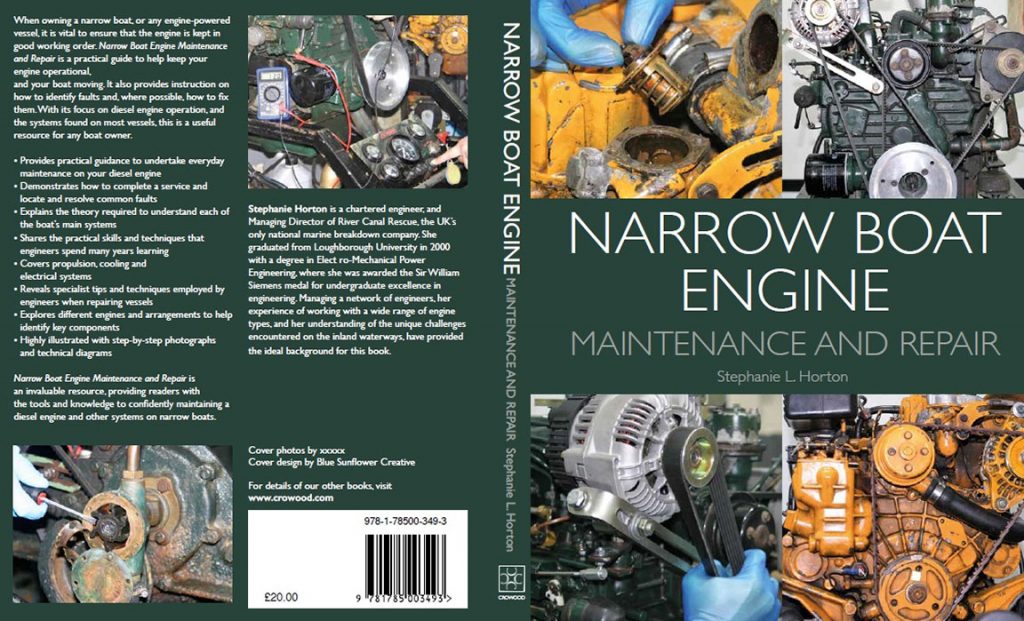
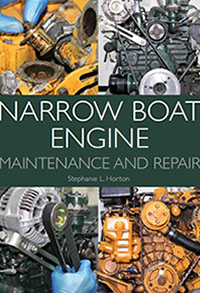 Reader feedback includes:
Reader feedback includes: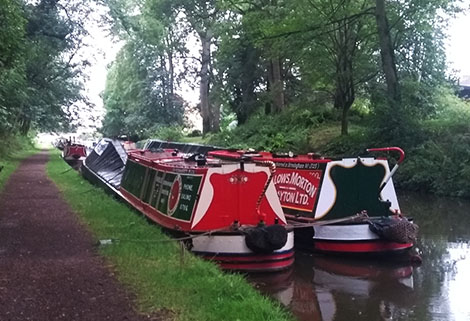


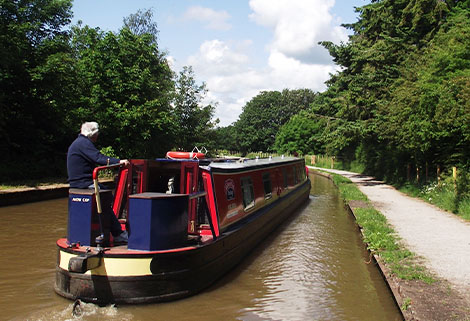

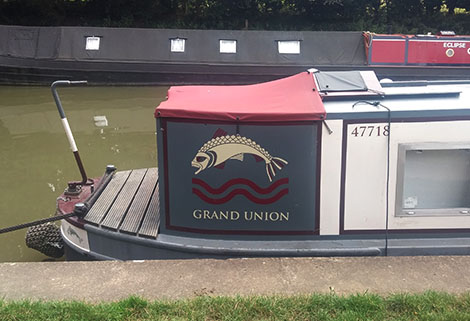
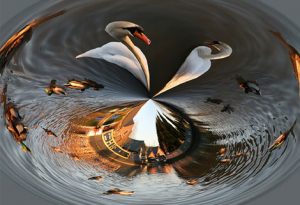
 When my husband was alive, we owned a family business, Hylift Plant, based in Newbury, Berkshire.
When my husband was alive, we owned a family business, Hylift Plant, based in Newbury, Berkshire.